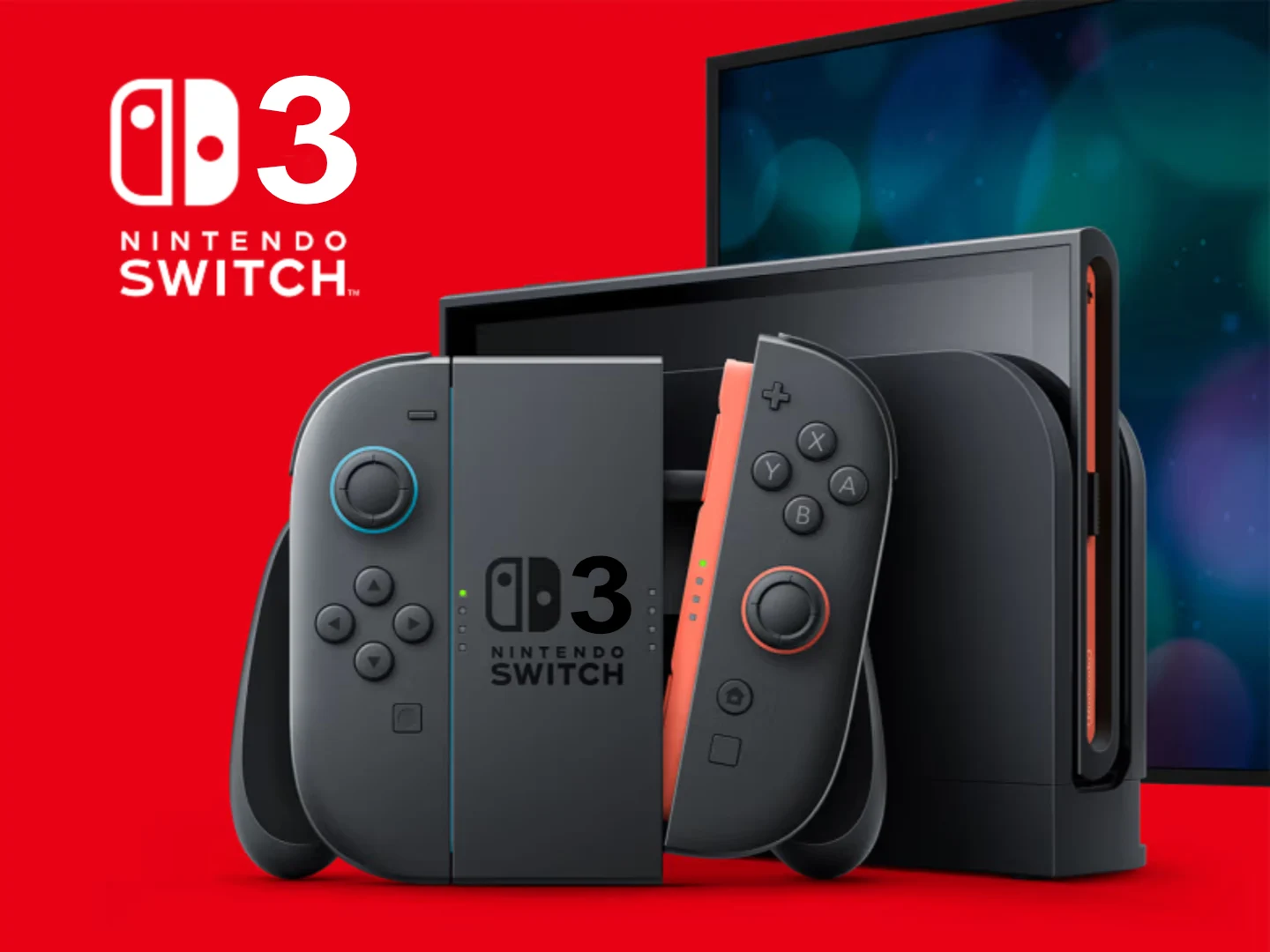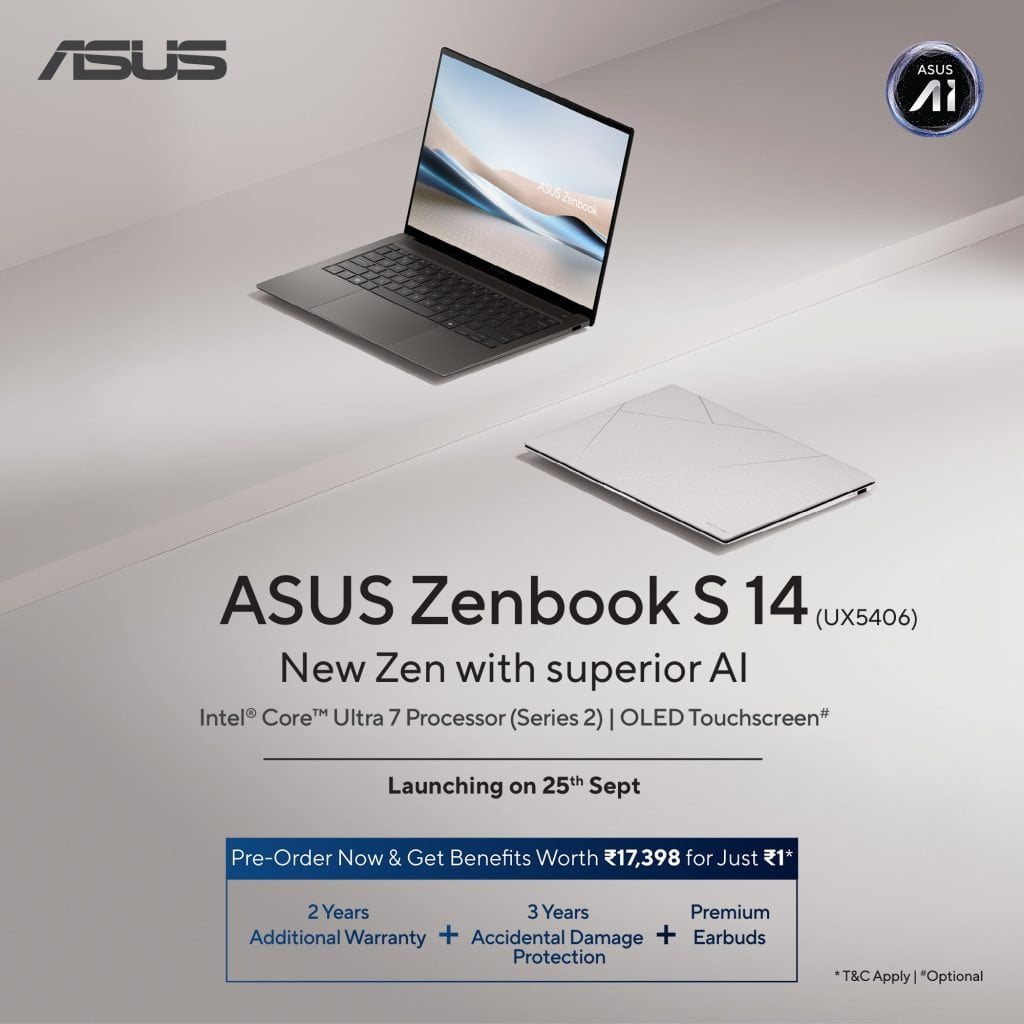Key Takeaways
1. Nintendo has not yet started shipping the Switch 2, and updates for the Switch Lite and Switch OLED are still a few years away.
2. Analyst John Vinh believes Intel has secured a deal with Nintendo for technology related to the upcoming console, using its 18A manufacturing method.
3. Intel has cut prices of its Lunar Lake processors by up to 40% to improve market presence, leading to more affordable laptops.
4. Price reductions for Lunar Lake processors are already reflected in current laptop prices, such as the Asus Zenbook S 14.
5. The anticipated Switch 3 may use chipsets from various suppliers and is not guaranteed to feature an Intel-based GPU or Xe² architecture.
Nintendo hasn’t begun shipping the Switch 2 yet. Similarly, likely updates for the Switch Lite and Switch OLED (currently priced at $346.99 on Amazon) are still a few years off at best. Despite this, analysts are already making predictions about the third-generation models.
Analyst Insights
Specifically, John Vinh from KeyBanc is quite sure that Intel has landed a deal with Nintendo for the technology behind the upcoming console. He mentions that Intel will utilize its 18A manufacturing method, which is set to enter mass production in the latter half of this year.
Price Reductions
Additionally, Vinh emphasizes that Intel has reduced the prices of its Lunar Lake processors by as much as 40% to enhance its market presence, even if it means lower profits. Normally, these price cuts take some time to reach consumers, but laptops using processors from the Lunar Lake series are already much more affordable than when they first came out. For instance, the Asus Zenbook S 14 is available with options ranging from the Core Ultra 5 226V to the Core Ultra 9 288V at reduced prices.
Future Possibilities
It’s important to note that this does not imply that the anticipated Switch 3 will come equipped with an Intel-based GPU, much less one that utilizes the Xe² architecture. Instead, Vinh suggests that Intel Foundry will produce chipsets for the Switch 3, which may come from suppliers like AMD, Nvidia, Qualcomm, or even Intel itself.
Source:
Link




